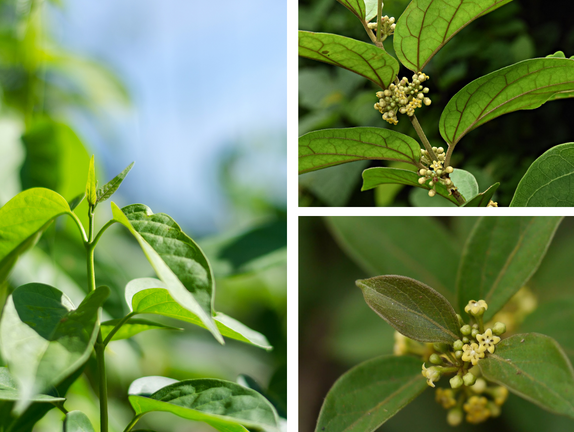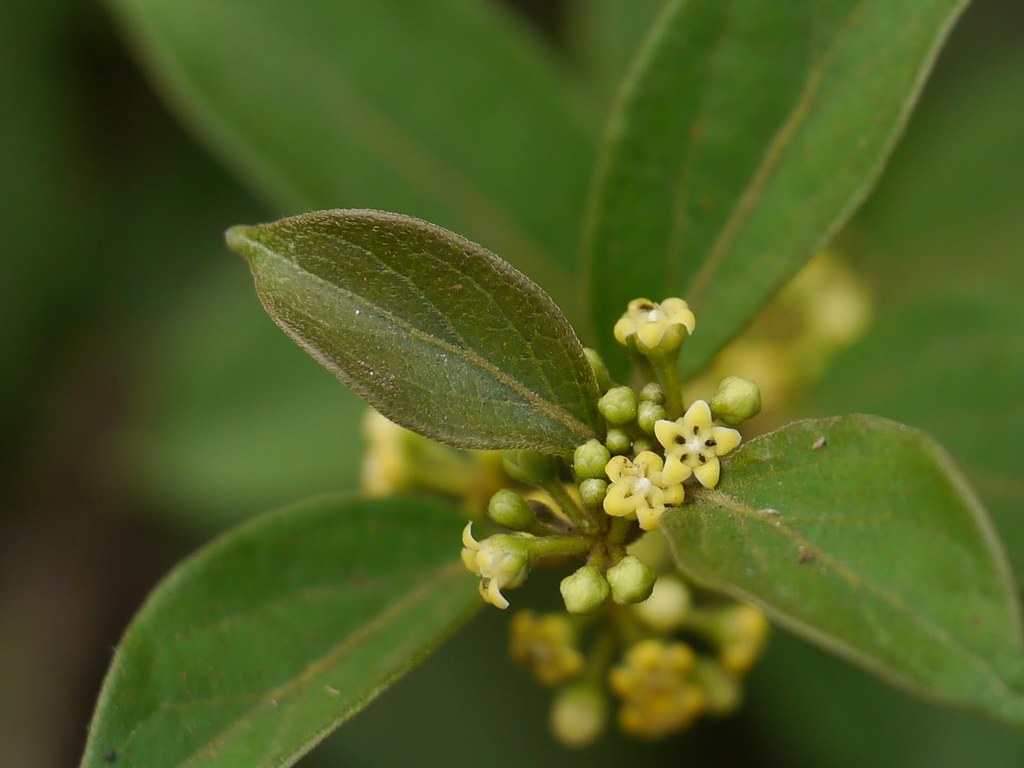Gymnema sylvestre
Latin Name: Gymnema sylvestre
Herb Class/Action: Metabolic Normalizer, Astringent, Pancreatic Trophorestorative Supports a Healthy Inflammatory Response
Parts Used: Aerial Parts (leaf)
Flavors: Bitter, Astringent
Energetics: Cooling
Traditional Benefits: Metabolic support, digestive support, blood sugar support
As “the sweet tooth slayer,” Gymnema works overtime to maintain healthy blood sugar levels. Key for pancreatic health and healthy weight management, this herb supports the body in metabolizing glucose and maintaining normal insulin production.*
Many of us can relate to having an unrelenting sweet tooth and cravings that are hard to curb. And while no magic pill will automatically dispel your need for sweets, Gymnema is an herb that is incredibly supportive in getting you off the “glucose rollercoaster” and on the road to improving metabolic health.
In fact, the Sanskrit name for Gymnema translates to “sugar destroyer” due to this herb’s ability to change the way your body senses and tastes glucose – making sweet foods less appealing on a brain and taste bud level.

This likely sounds too good to be true, so let’s dive into exactly how this works. Gymnema is rich in a constituent called gymnemic acid that works by blocking the sugar receptors on your taste buds. This is why Gymnema really shines through and through as an aid for maintaining a healthy weight and stable, normal blood sugar levels.
On a deeper level, Gymnema has been shown to modulate the amount of glucose that is absorbed in the small intestine (while also increasing the activity of enzymes responsible for proper glucose uptake and metabolism). This herb is also helpful for the health of the pancreas, as it works to support normal, endogenous insulin production and maintains the growth of healthy pancreatic cells.
Gymnema has been shown in studies to improve blood sugar levels in people with Type 2 Diabetes. Because of this effect on blood sugar and insulin, the use of this herb is not suitable for people with Type 1 Diabetes.
Being that Gymnema is a bitter herb that also helps increase stomach acid for optimal absorption and digestion, this herb is the perfect “bitter” to take before meals to not only improve digestion but prevent overindulging. A true win, win!
Gymnema is native to tropical regions of India and Africa and has been used for thousands of years as a medicinal plant. Gymnema grows as a woody climbing vine and the fresh leaves can be chewed on for that sugar-craving-suppressing effect. Since this plant doesn’t grow readily in a lot of regions, you can take Gymnema in tincture or supplement form. It has historical applications being used topically to treat insect bites, although it is most well known in modern-day for metabolic support.

